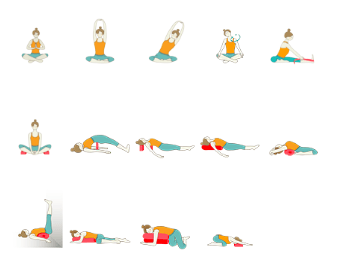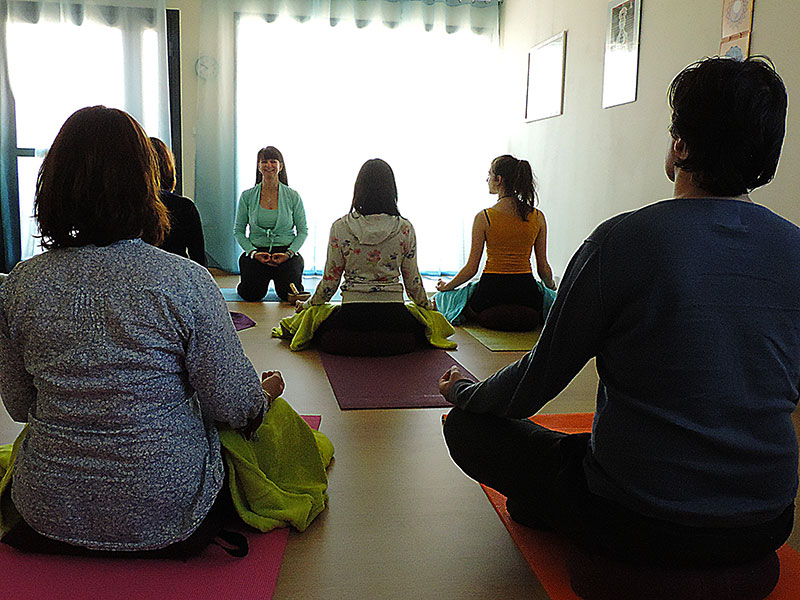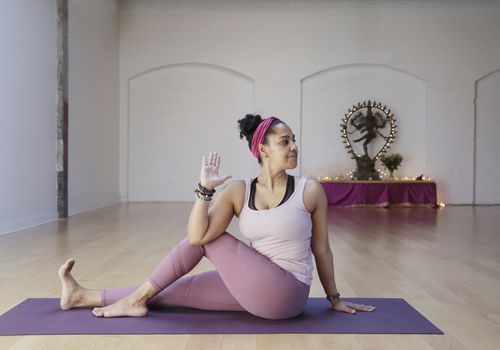
There are many options available to help improve the symptoms of parkinson’s. Some of the most common methods include: Exercise, Healthy diet, Dopamine agonists, and Deep brain stimulation. These are some of the best ways to help you. They might even work for you! Read on to learn more! This was posted on May 21, 2010, by julia W.
Exercise
Parkinson's sufferers should exercise as part of their daily life. Although your doctor may prescribe medication, you should incorporate exercise into your daily life. Exercise can help improve your symptoms and keep you healthy. Try incorporating a cardio workout, such as jogging, into your daily routine. It will help keep you active, reduce your risk of falling, and increase your heart rate.
Parkinson's disease can cause stiff muscles, weak joints and poor coordination in many people. Regular exercise can help with motor symptoms and improve coordination. This makes everyday tasks much easier. Consult your doctor before starting an exercise routine. Consult your physician if you have severe symptoms. You may be able to work out with a therapist or a physical trainer to develop a personalized exercise plan.

Healthy diet
A healthy diet can help you manage your Parkinson's symptoms. This diet should contain foods high in vitamins, nutrients, and fiber. Restrict your intake dairy products, processed foods, and saturated oils. Avoid eating hard meats as they can worsen Parkinson's symptoms. Your doctor will also recommend certain food groups. Your doctor can also help you incorporate dietary supplement. A healthy diet isn't a cure-all for Parkinson's.
Research has shown that healthy eating habits can reduce your risk of developing pre-Parkinson’s symptoms. A diet high in fruits, vegetables, whole grains, and legumes lowers your risk of developing Parkinson’s disease. You can improve your symptoms by eating more fruits and vegetables. Consumption of high-calorie foods, high fat, and processed foods should be limited. These foods can increase your chance of developing diabetes and heart disease.
Dopamine agonists
There are many dopamine agonists available, including patches and injections. Some people are not able to use patches, and might be more suited for injections. There are many dopamine agonists available. You can mix and match different strengths to find the right dose for you. Some people, like Andrew, find patches convenient, while others may be able to get a much better effect from injections.
D1-type molecules are one type of dopamine receptor. D1 receptors can be found in the smooth muscles of the mesenteric, renal, and coronary arteries. Other dopamine receptor agonists work on the peripheral blood vessels as well and can improve Parkinson's disease symptoms. These medications are often taken with levodopa.

Deep brain stimulation
Deep brain stimulation is a treatment option for Parkinson's. There are many pros and cons. This treatment can help with your symptoms as well as improve your quality life. The procedure can be carried out in a hospital or an outpatient clinic. The procedure is performed under general anesthesia in an outpatient setting and takes around an hour. Most patients can return home that day. The procedure can have side effects and risks, so make sure to talk with your healthcare provider about them before you go.
Deep brain stimulation has the advantage of reducing the number of medications required by patients. It can also be used to treat symptoms that are associated with movement. Several surgical therapies are available at the University of Michigan Health System. It is staffed by medical researchers and physicians who are experts in the field. These experts aim to achieve the optimal balance between side effects and symptoms. Patients need to go through several evaluations and consultations in order to receive deep brain stimulation.
FAQ
How long does yoga take?
Yoga takes time, but you are always guaranteed a great workout. It takes time in order to build strength and flexibility. Start slow, then increase intensity until you reach your optimal level.
Consistency is the key. The more you practice, you will become better at it.
What do the studies say about yoga and its benefits for health and well-being?
Yoga has been proven effective at improving mental health, reducing stress, and promoting overall well-being. It is also a great way to lose weight and maintain a healthy BMI (body mass index).
Yoga can help lower blood pressure and improve cardiovascular function.
These are just a few benefits of yoga.
This list could go on forever!
How much yoga is too much?
Yoga is not a sport. There is no set number of repetitions that you need to complete before you become tired. Instead, try to enjoy the experience by taking it slowly and enjoying every moment.
If you make a mistake once in while, don't be discouraged. You can always pick up where you left off next time.
Beginners to yoga should start with short sessions lasting 10 to 15 minutes. From there, you can work your way up.
What are the steps to get started with yoga?
For lying down, you'll need a mattress (some of them foldable), some loose clothes, and a towel or blanket.
Additionally, props may be needed for certain poses such as blocks or straps, bolsters/bolsters blankets or towels.
However, in general, you don't need any other things. It is important to have the desire to make positive life changes and the willingness to work hard to start yoga.
Are there classes that I can take with other people?
This is dependent on the class. Some teachers only offer private lessons. Other teachers offer group classes, where students can get to know each other.
Some studios even offer small groups called "classes within a class," where you'll be paired with another person who shares similar interests and goals.
Statistics
- Gentle yoga has been shown to ease some of the discomforts of tender, swollen joints for people with arthritis, according to a Johns Hopkins review of 11 recent studies. (hopkinsmedicine.org)
- According to the Agency for Healthcare Research and Quality, falls are incredibly common among older adults in nursing facilities. Even the simplest ones can increase the risk of death (24). (healthline.com)
- According to calorie estimates calculated at Harvard Medical School, the average 125-pound person burns about 120 calories in a half hour of hatha yoga, and a 185-pound person burns about 178 calories in that half hour. (everydayhealth.com)
- In comparison, a 125-pound person is estimated to burn 135 calories in 30 minutes of walking (at a pace of 15-minute miles) and 210 calories bicycling at a moderate pace on a stationary bike. (everydayhealth.com)
- A 2020 review of 27 studies (1,805 total participants) of yoga interventions in children or adolescents found reductions in anxiety or depression in 70 percent of the studies, with more promising results for anxiety. (nccih.nih.gov)
External Links
How To
Can yoga help with menopause symptoms?
Yoga is an ancient Indian practice that focuses on yoga, meditation, and breathing. It has been used for thousands of years to keep fit. It has been increasingly popular in recent years as people look for alternative ways to stay healthy and active during times of stress or illness.
Yoga is about using physical positions (asanas), to strengthen muscles, improve posture, and increase flexibility. This helps to reduce tension and build strength.
There are several types of yoga. Each type is focused on different aspects of the human body, such relaxation, breath, stretching, or breathing.
All forms of yoga aim to bring about balance in the mind and body. Yoga has many benefits, including improved fitness, weight loss, improved sleep quality, energy levels, and reduced stress.
Many studies have shown yoga to be effective in treating anxiety, depression and insomnia. There is not much evidence to support its effectiveness in treating other health conditions, such as those related to menopause.
Yoga can help you feel happier and healthier, as well as teach you how to relax in stressful situations. This could be very helpful for menopause.
It is important that you know that yoga can cause soreness in the muscles after exercising. Talk to your doctor if you have any questions about your condition or are uncertain if yoga would be beneficial for you.